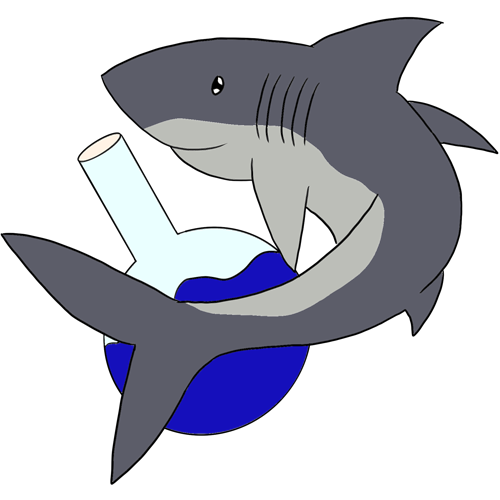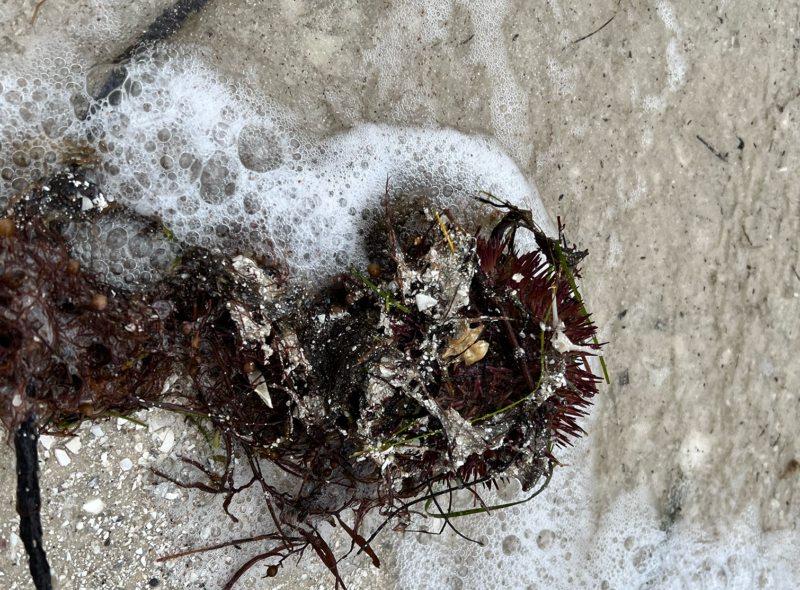In the beautiful coastal city of Sarasota, Florida, there’s an unwelcome visitor that occasionally sweeps across the emerald waters of the Gulf of Mexico: Red Tide. Known scientifically as Karenia brevis, these microorganisms are single-celled, naturally occurring algae. However, when they bloom in unusually high concentrations, they can have devastating impacts on marine life and human health, leading to economic consequences for coastal communities.
The Science Behind the Red Tide
Algal blooms occur when certain conditions foster rapid growth and accumulation of algae in an area. This process can be sparked by an array of factors, including warm surface temperatures, high nutrient content in the water (often due to agricultural runoff or sewage such as some local incidents like Piney Point), and the right salinity and water circulation patterns. In the case of K. brevis, these blooms often start 10-40 miles offshore and can be transported towards the shore by winds, tides, and currents.
When these algae congregate in large numbers, they can change the color of the water to a reddish hue, coining the term ‘red tide.’ However, not all algal blooms are harmful, and not all of them cause the water to turn red. It’s the species of algae involved and their effects that determine whether a bloom is harmful.
Impacts of Red Tide
When K. brevis proliferate in a bloom, they produce potent neurotoxins called brevetoxins. These toxins can kill marine life, including fish, birds, and marine mammals such as dolphins and manatees. The death and decay of these organisms can further deplete oxygen in the water, leading to so-called ‘dead zones’ where life struggles to exist.
We can also personally experience the impacts of red tide. Brevetoxins can become airborne with sea spray, leading to respiratory irritation in people who inhale it, especially those with pre-existing respiratory conditions like asthma. For seafood lovers, consuming shellfish contaminated with these toxins can lead to neurotoxic shellfish poisoning, a severe illness characterized by neurological and gastrointestinal symptoms.
Red Tide in Sarasota
Sarasota, with its numerous beaches and reliance on tourism, has big consequences due to Florida’s red tide problem. Over the past few decades, the frequency and intensity of red tide events in this region have seemingly increased, a trend linked to the region’s changing climate and increasing nutrient pollution.
The effect on Sarasota’s economy can be severe. In 2018, a particularly nasty bloom caused significant losses for the local tourism and fishing industries. Hotels reported occupancy decreases, and restaurants saw fewer patrons. Beaches were often empty due to the respiratory irritation caused by the toxins. With incidents like Piney Point’s wastewater dump in 2022, we are feeding the red tide those essential nutrients to grow instead of working to take them away, creating an even bigger problem for both the local ecosystems AND for the economy and locals.
Facing the Future
Scientists and environmental managers are working tirelessly to understand and manage red tides better. Organizations like Mote Marine Laboratory in Sarasota have been at the forefront of red tide research, seeking solutions to predict, mitigate, and possibly even prevent harmful algal blooms.
Innovative technologies, including remote sensing, robotic gliders, and molecular detection techniques, are now being used to identify and track blooms. Policies are also being put into effect to reduce nutrient pollution from both agricultural and urban sources, these policies are essential to controlling the severity of red tides.
However, effective responses to red tide also require public awareness and engagement. As a concerned citizen, we can all play our part by supporting sustainable practices, reducing nutrient runoff, and staying informed about the health of our local waters.
Red tide algal blooms are complex, naturally occurring phenomena that can have significant ecological, health, and economic impacts. Understanding these events, especially in susceptible areas like Sarasota, FL, is critical. By combining scientific understanding, innovative technology, sound policy, and public engagement, we can hopefully reduce the harm caused by these events and protect the health of our oceans and our communities.

